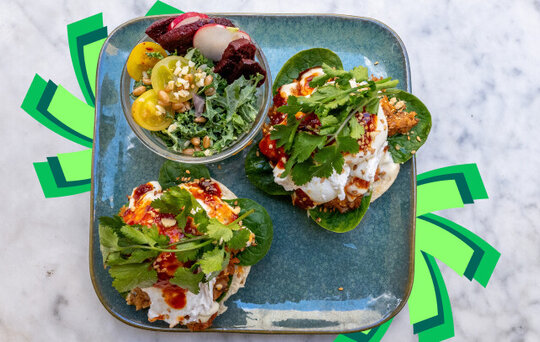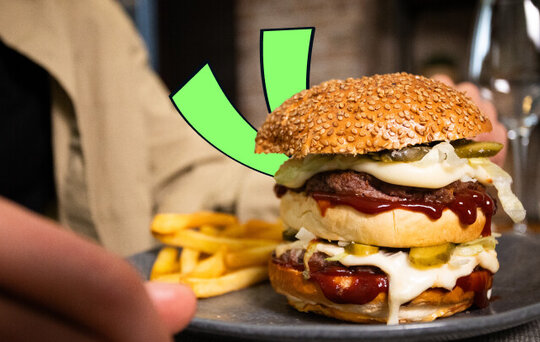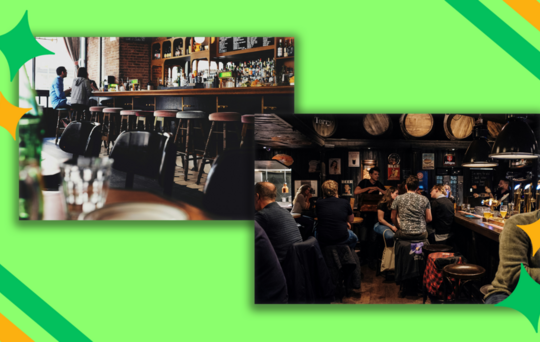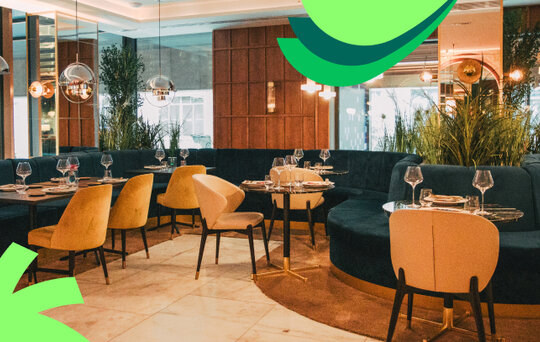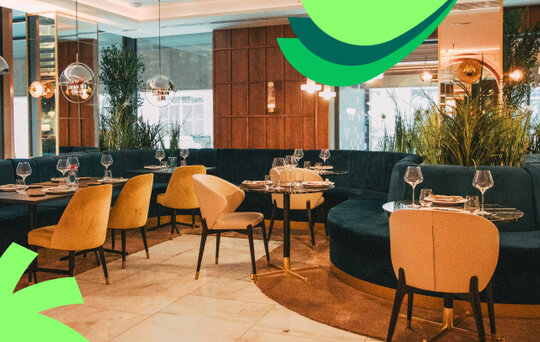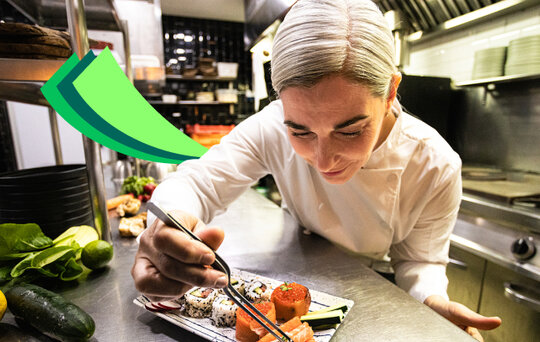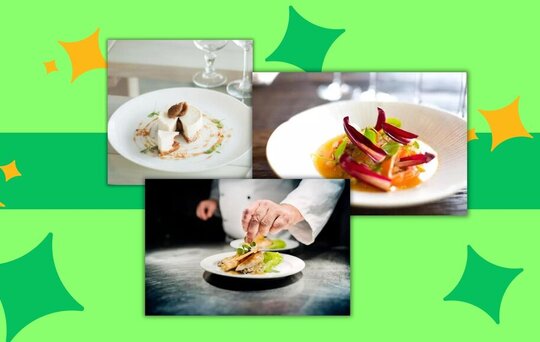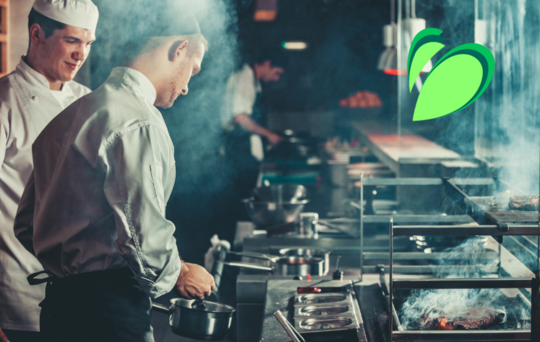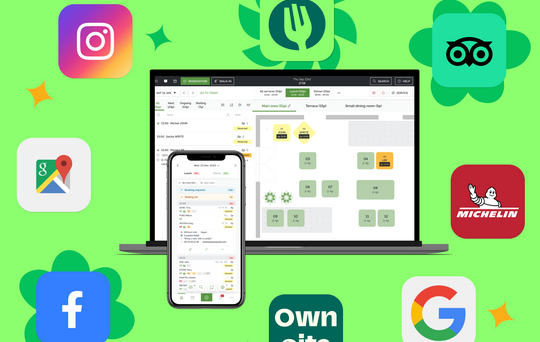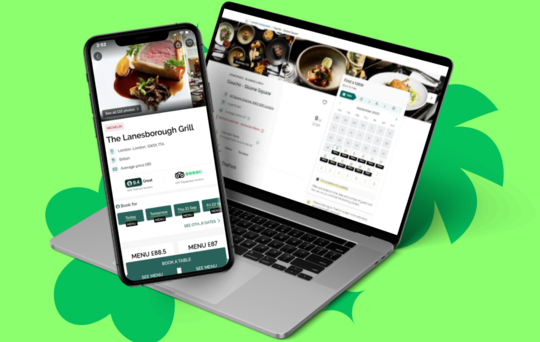A Comprehensive Guide to Restaurant Menu Engineering

Have you ever felt drawn to a certain dish on the menu, but not known why? You may not have reached that decision on your own. Menu Engineering is a formal term for a common task: it’s the art (and science) of designing a menu to maximise profitability and influence customer choices. By analysing things like menu layout, dish popularity and cost, restaurateurs can strategically optimise their offering. In this guide, we’ve compiled insights into harnessing the power of menu design to drive revenue and enhance customer’s dining experiences.
Menu engineering: definition
The first important question to answer is: what is menu engineering?
Menu engineering is the process of analysing menu data and using the results to optimise the profitability and popularity of menu items. Sometimes also referred to as menu psychology, visual perception and design are especially important to impactfully reorganising a menu to attract the attention of customers to targeted and high-profit menu items. In the right hands, a well-engineered menu can be a sophisticated and effective marketing tool for restaurants.
The benefits of menu engineering in the restaurant
Having an effective menu comes with benefits beyond boosting sales and profitability. By investing time in creating an ergonomic customer interface, restaurants can also improve satisfaction and retention rates, increasing diners’ loyalty and respect for the brand.
From a strategic perspective, menu engineering can also draw customer attention to special promotions or dishes that drive more profit. One excellent addition to any restaurant’s menu are shared dishes, which encourage budget-conscious customers to splash out.
Restaurateurs can also expect to benefit from inadvertent savings, including reduced food waste and produce costs from eliminating menu items that don’t sell. With more diners making climate-conscious decisions about where to eat out, reducing food waste is a bonus for any business.
Evaluating a restaurant’s services and productivity helps ensure the business meets its brief, effectively communicating a culinary vision and working to strengthen a brand’s identity. Menu engineering can help keep a business’ decisions efficient and purposive. As with any good marketing move, ensuring that menus are well-planned and optimised will allow restaurant managers to make positive changes to keep businesses efficient.
Food menu engineering: the key principles
To get started with your restaurant’s menu engineering, to take a structured approach to be able to quantify the results of your efforts.
- Market Analysis: Identify the needs and preferences of your target customers. Is your menu offering something fresh and new that will appeal to target demographics? Research your competitors to draw a market comparison and look beyond just food and drink 一 how do your design features and brand messaging stack up?
- Menu Analysis: Take an introspective deep-dive into your business’s performance. Use data-driven insights wherever possible, using your POS systems to accrue booking and order histories. Through statistics like menu item popularity and spend per-customer, you can identify well-performing dishes and areas for improvement.
- Concept Development: Re-engineering your menu provides an excellent opportunity to fine-tune your culinary concept. Equipped with restaurant data and market insights, you will be in a far stronger position to hone in on successful strategies than when the restaurant was first established. With a well-defined concept in mind, build a menu that will reinforce the brand’s core messaging.
- Menu Pricing: Take advantage of the opportunity to reevaluate prices and decide on a strategy that will be both profitable and attractive to your target group.
- Menu Design: Any marketing strategy must ensure that menus are visually appealing and user-friendly.
Try TheFork Manager today
Effective strategies for optimising your restaurant menu
With the basics taken care of, there are several successful marketing and optimisation strategies to keep in mind when harnessing the power of menu engineering:
- Choice versus Efficiency: The success of a restaurant is dictated by its popularity with consumers. Restaurateurs should work to their target brief, without becoming too niche. Although the principles of menu engineering tempt managers to streamline services, it is equally important to maintain the variety and depth of what’s on offer, with a balanced selection of dishes to fulfill different tastes and needs.
- Appropriate Portions, Reasonable Prices: Customers like to feel they are getting a good deal, whether through a reasonably priced meal or a hearty portion size. Stay competitive, but be mindful that wasting food or lowering the prices too far can also have a harmful effect on business.
- The Power of Words: What sounds better: ‘seafood pasta’, or ‘crab linguine with chilli and lemon’? A dish’s description is the single most important factor as to whether diners will choose it. Take the time to describe your food well.
- Visual Presentation: A well-engineered menu can use its visual appearance to emphasise the attractiveness of dishes without pictures. Make sure that menu designs are in keeping with the restaurant’s branding.
- Strategic Positioning: Keep your menu front and centre in your marketing and branding, with accessible links across all social media platforms. Don’t forget to put copies in windows to attract passing footfall!
Further menu engineering tips
- Keep Things Fresh: Regularly update your menu with new dishes to keep customers coming back. Make seasonal changes by using what’s fresh locally. This demonstrates a conscientious approach to restaurant management.
- Offers and Promotions: Boost sales by advertising special offers and promotions on menus and marketing material.
- Collect Feeback and Reviews: Customer feedback is an essential form of data collection for menu engineering.
- Professional Advice: There are many professional menu designers that will help you to achieve optimal results.
Promote your newly engineered menu with TheFork Manager
Let your menu design lead the way to success by promoting it wherever possible. As an industry-leading booking and restaurant management platform, TheFork Manager is the perfect tool to make your menus visible to an even larger customer base.
By quickly and easily adding and removing menus with attractive designs and easily accessible offers and promotions, you’ll soon be swaying customers’ decisions and maximising profitability in whichever way you choose.

